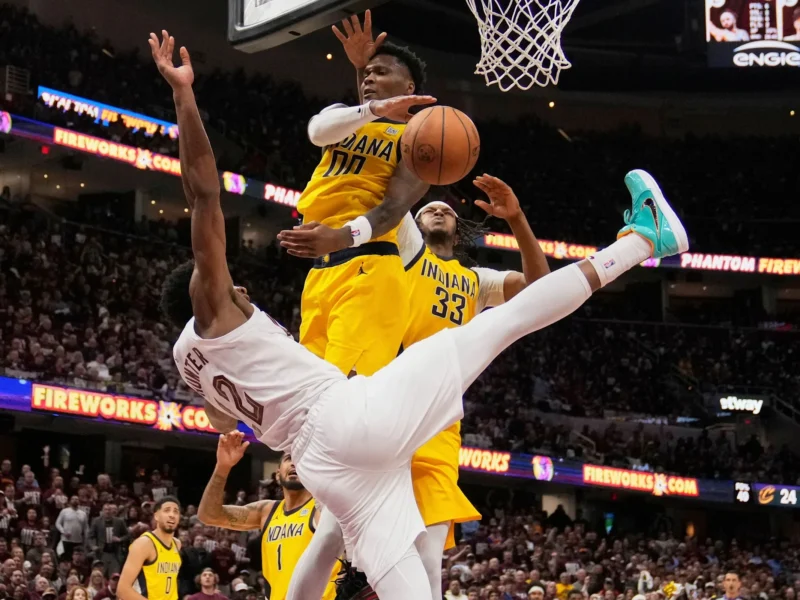By The Cleveland Observer Staff State leaders and the Cleveland Browns say a new, enclosed stadium in Brook Park could be a regional economic catalyst. The current plan carries an estimated price tag of about $2.4 billion, with $600 million in state support and a separate $100 million settlement proposed between the city and the […]














